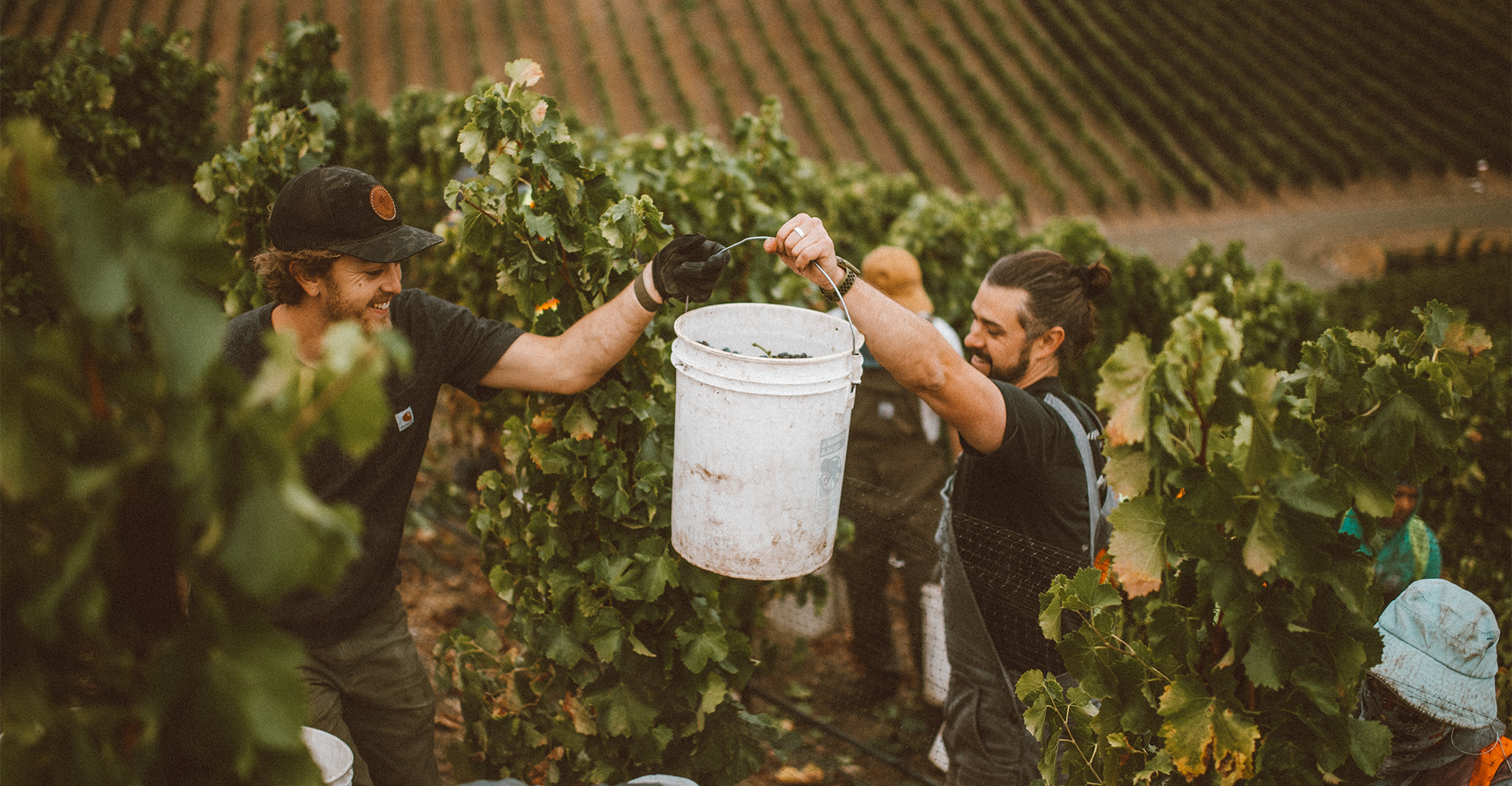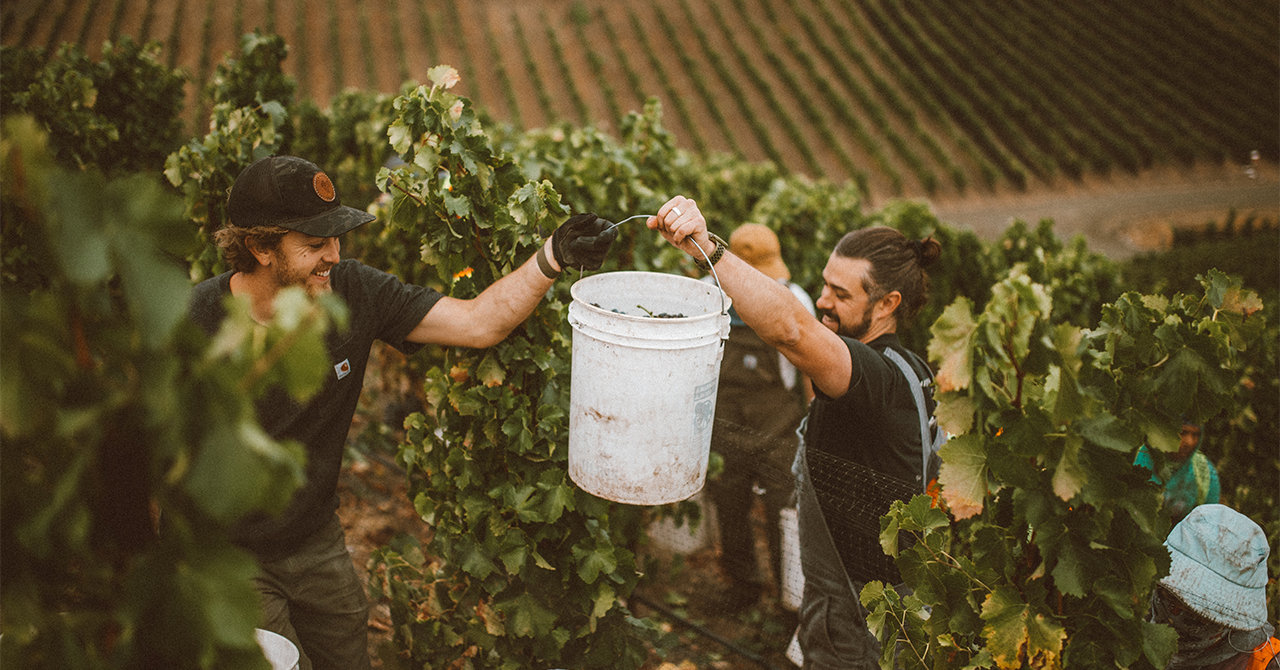

Dear Rascals,
I am writing this letter on Friday, November 12th, 2021. Not 45 minutes ago, we put our final lot of grapes (2021 Mission), through the press, extracting the most electric and vibrant of flavors and aromas. In fact, the 2021 vintage was quite consistent in that way. Comparatively to 2020, we had very moderate winter, spring, summer, and fall. With little to no ‘extreme temperatures,’ the vines (and grapes) had an opportunity to slowly mature, achieving a balance we wouldn’t see in an overly warm or overly cool growing season. What aspects am I referring to in the creation of a ‘balanced’ wine? Well, here are a few examples:
In an aggressively warm year, all four of these variables can be thrown completely out of whack, potentially resulting in wines with high pH’s, low acids, quick Brix accumulation, and under-ripe or even ‘cooked’ flavor profiles. In a vintage like 2021, because of the moderate heat during the ripening season, we saw (in a general sense) stable pH’s, good acidity retention, moderate Brix accumulation, and most importantly slow, yet noticeable flavor maturation.
What does all that mean? It means that we could make wines as naturally as possible without sacrificing all of the variables that encompass world-class wine. It means that the wines coming from the 2021 vintage are going to be a little lower in alcohol, but have beautiful length and development of flavors beyond that of the 2020 vintage. I think that wines from 2021 will be drinking very well young, but will mature gracefully; a direct reflection of the vines growing season. I know that was a lot of technical information, but if you ever wonder what I think about, there’s a taste.
During this harvest, we processed a total of 72 different lots and harvested roughly 70% of our total production off of the Rancho Santa Ynez™ Estate (the other 30% coming from off-site vineyards throughout the Santa Ynez Valley). Harvest 2022 will produce our very first 100% Estate Mourvedre, as well as Estate Rebel Roan, and quite a few other “classic Carhartt” wines. Very exciting times!
I hope that each and every one of you had a great fall season. I look forward to visiting in the tasting room or at an event throughout the holidays! As always, thank you so much for your love and support; it means the world to my family and company. Cheers to good health and happiness!
Sincerely,
Chase Carhartt
Co-Winemaker & Owner
Join our email list and get $1 shipping on your first online purchase!
New Customers Only